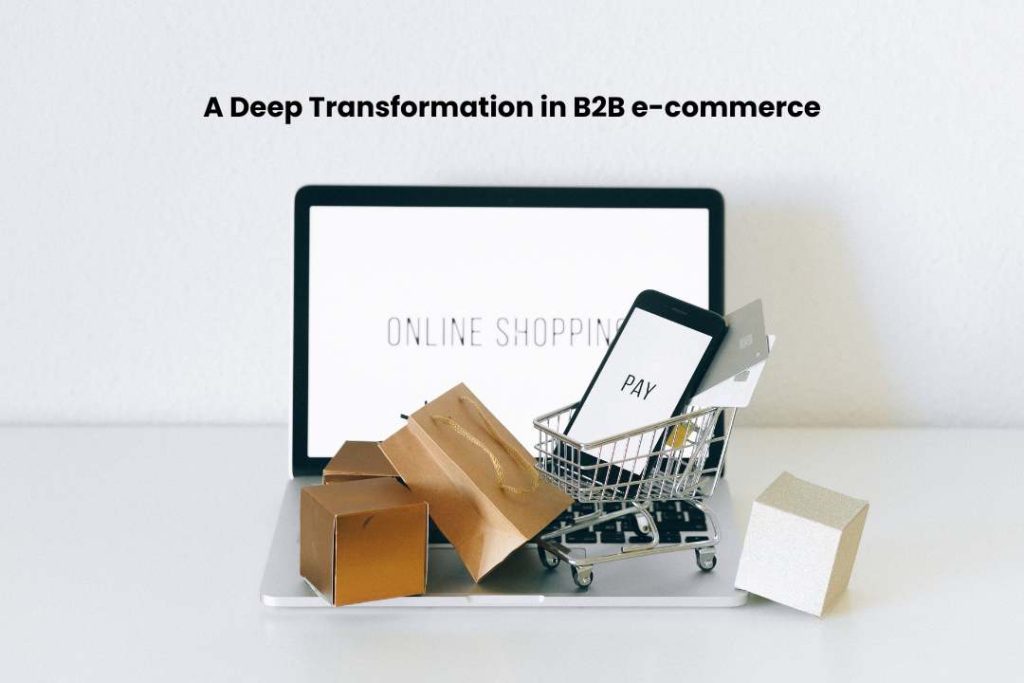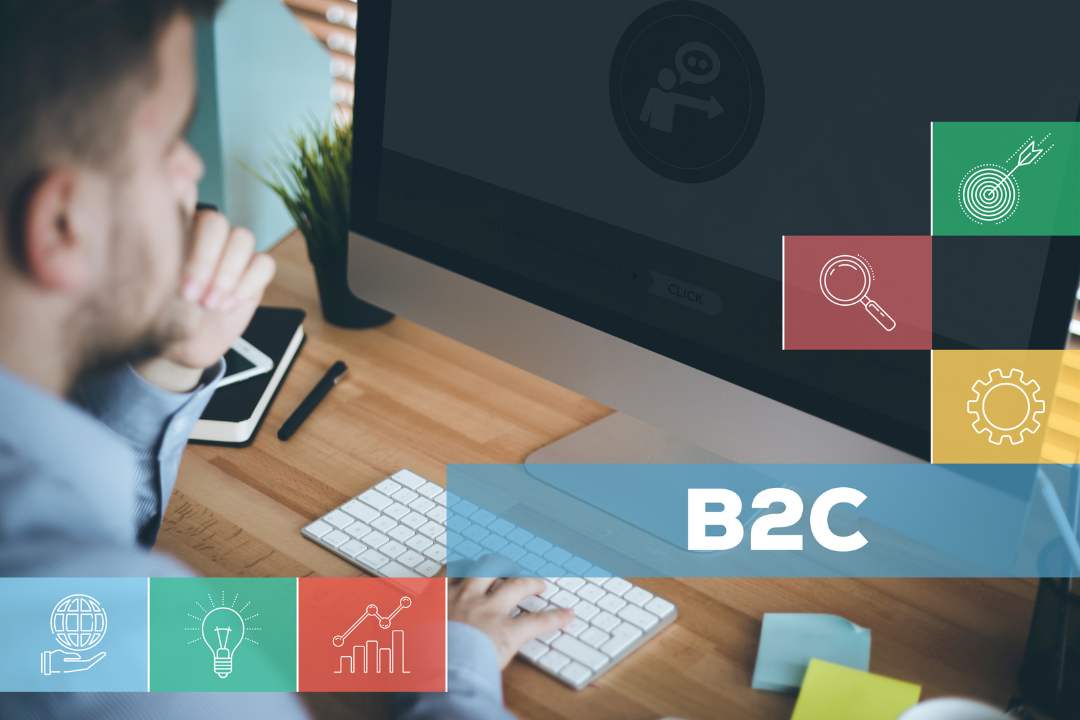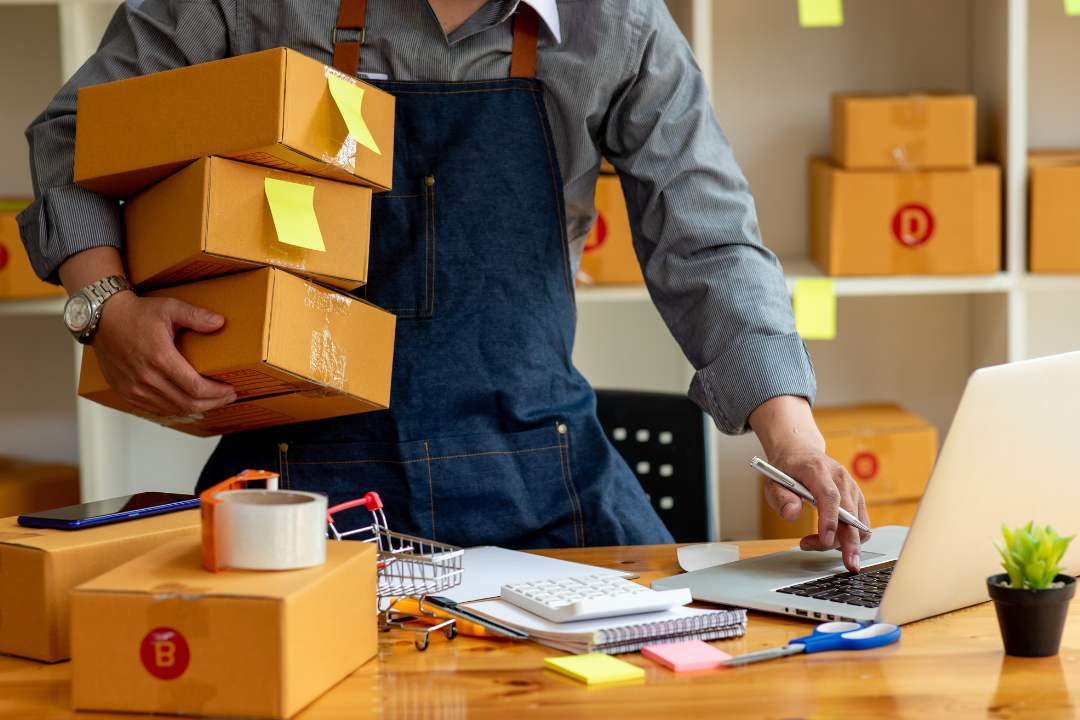
Amazon and Walmart are leading the Retail Media revolution: they will account for more than 84% of investment by 2025.
Amazon and Walmart are leading the Retail Media revolution: they will account for more than 84% of investment by 2025. Share: Retail Media has emerged








